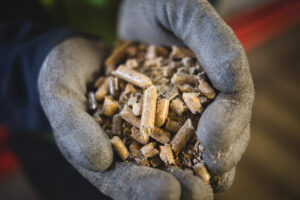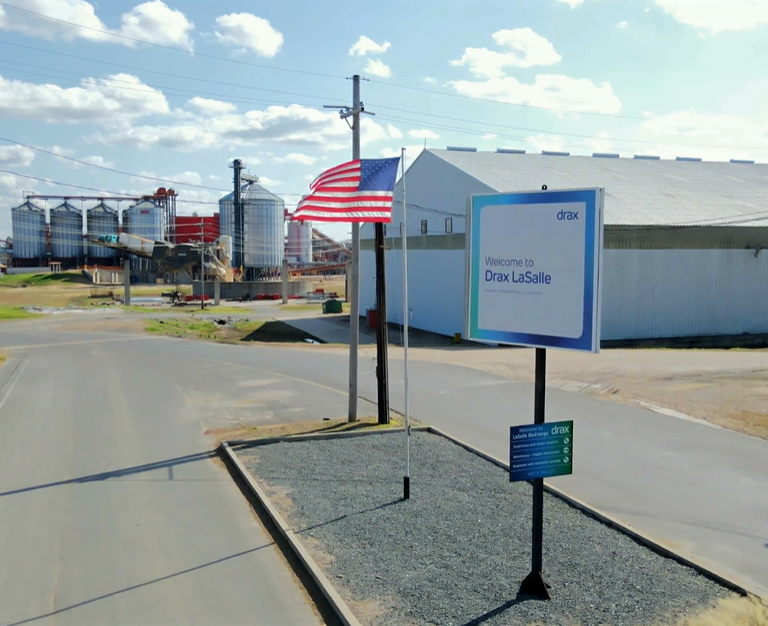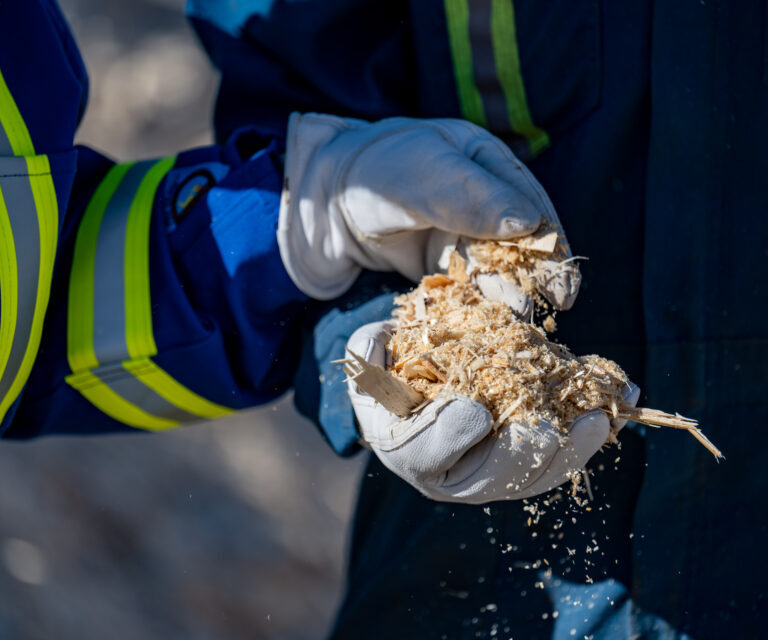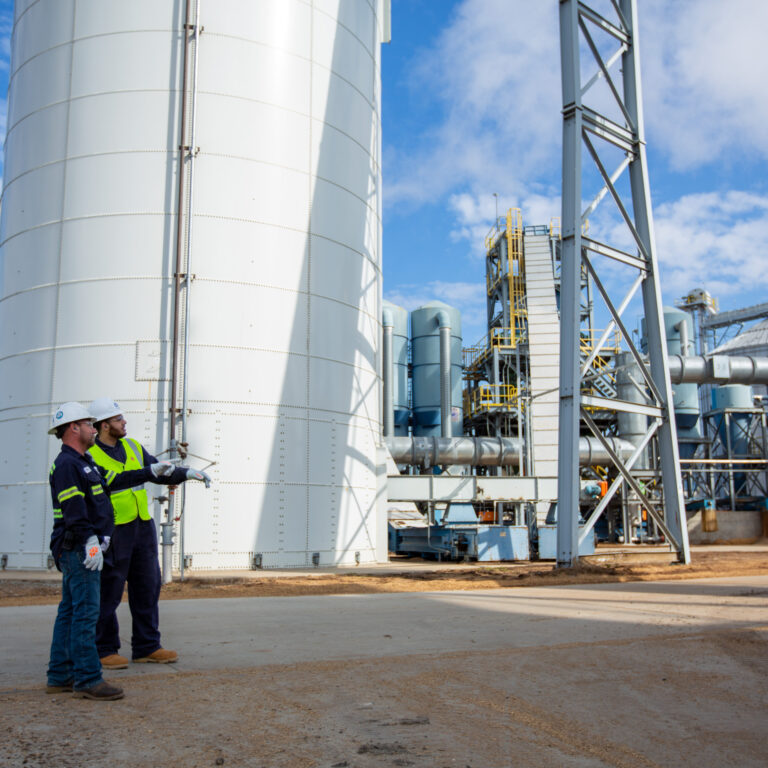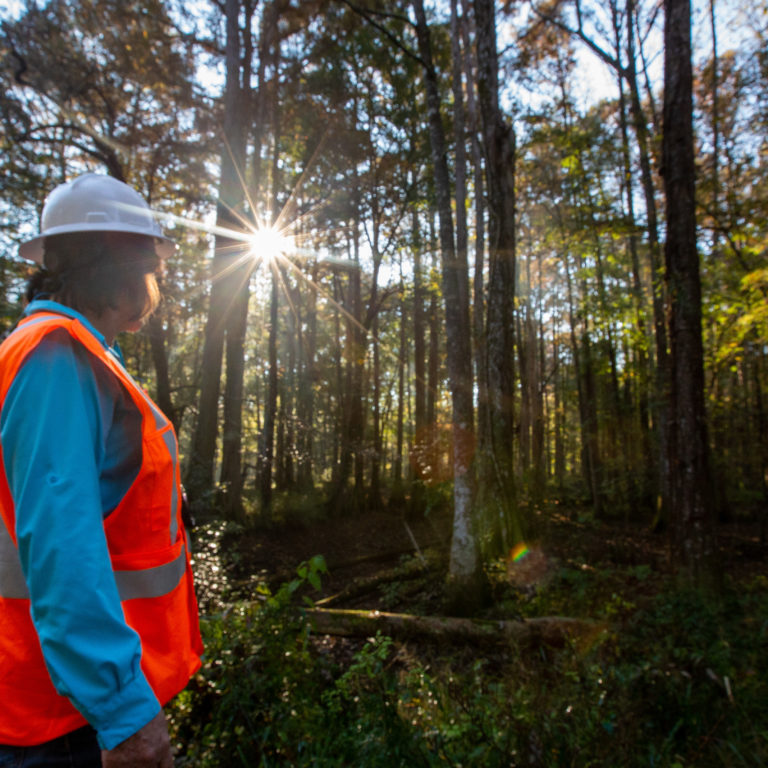Approach and governance for environment
Our Group Environment Policy, approved in May 2023, states our commitment to manage, monitor and reduce the environmental impacts caused by our business through continual improvement of our operations, wherever practicable.
Each month, we report internally on environmental incidents and near misses, and the Board receives HSE performance updates, as part of the CEO report to the Board. We respond to, and track actions taken from, substantiated environmental complaints made in relation to our operations.
We investigate environmental incidents in relation to our operations (such as waste spillage or near-miss contamination events) to establish root causes and learn the appropriate lessons.
Environmental Management Systems
During 2023, our Generation assets in the UK are certified to ISO 14001:2015 within an integrated management system.
Environmental Performance
Environmental performance data is available in our ESG Data Supplement.
Emissions to Air
Drax Power Station is required to comply with UK laws and regulations which limit emissions to atmosphere. Standards came into effect in August 2021 under the Industrial Emissions Directive and Large Combustion Plant Best Available Techniques Reference Document (BREF) which sets limits for emissions. 2023 was the second year of operation under the annual emission limits for biomass.
For biomass generation at Drax Power Station, the main emissions to air are nitrogen oxides, sulphur dioxide, and particulates (dust). Nitrogen oxides and particulates emissions have reduced annually since 2020 at Drax Power Station, which can be partly attributed to the reduction in coal-fired power generation. In 2023, emissions of sulphur dioxide increased compared with 2022, which can be attributed to the use of a different mitigant.
Water Use
The use of water is subject to strict criteria and UK, US and Canadian laws. That compliance is overseen internally by our Operational and HSE teams and externally by the local regulatory agencies.
Drax Power Station uses water for operational and cooling processes. The primary use for the water is to produce steam at very high pressure, which is used to power the turbines for electricity generation. A proportion of the water used is emitted as water vapour through cooling towers. The remainder is recycled and discharged under permit to the local river. In line with permit requirements, procedures are in place to manage water system efficiency and usage, ensuring discharge consent limits are met.
Total water abstracted for generation at Drax Power Station decreased by 13% between 2022 and 2023. This can be attributed to the operational position (MW produced) for 2023.
In 2023, at the Lanark and Galloway Hydro schemes, we diverted 3,515,581,216 m3 of water from river systems to run through our plants before being redirected back into the river for hydro generation.
At Cruachan Power Station (our pumped storage facility), we generate electricity by allowing water to fall from Cruachan dam down through four turbines which generate electricity at times of increased demand for power from the grid. The water flows through the turbines before being directed into Loch Awe. At times when electricity demand is low and there is excess power on the grid, we pump water from Loch Awe into the upper reservoir at Cruachan dam. We monitor the arrangements for the cycling of this water and report to SEPA as required.
At our Pellet Production plants, water that is discharged primarily consists of deluge water, wash water from hoses, and stormwater from rain events. We conduct periodic stormwater sampling at outfalls to monitor water pollutants.

